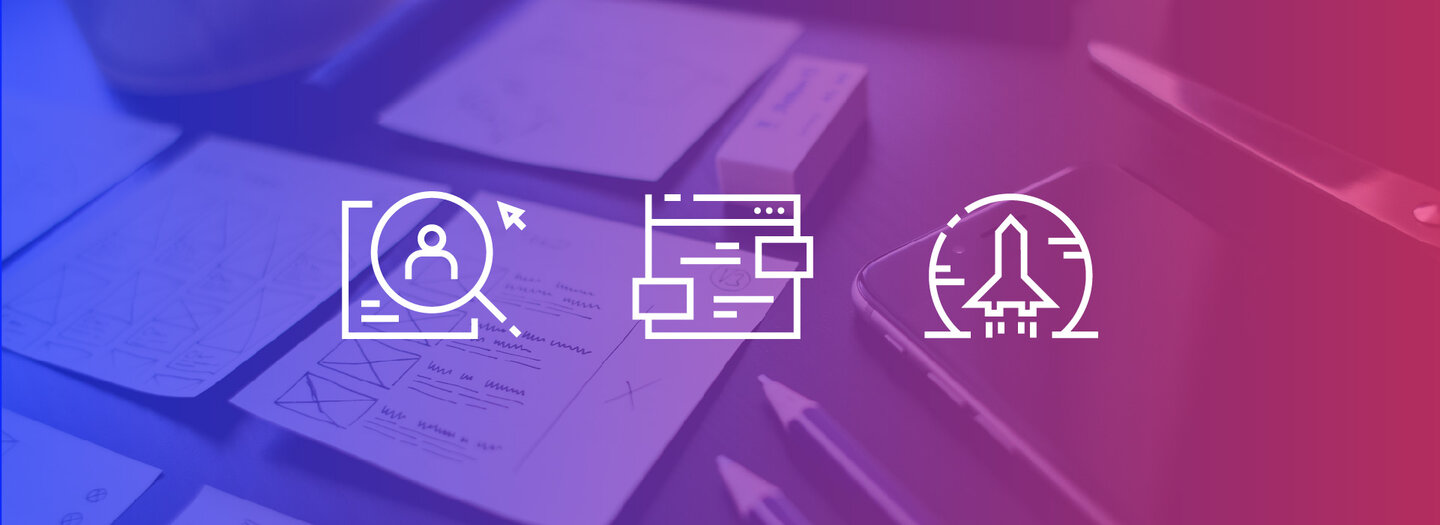What is UX, and why is it a specialty?
There’s very little that’s more frustrating than a bad web experience. Being unable to complete a transaction, find a field, use a discount code, or use a site can be a deal-breaker for users. But how do you make sure that your organization provides your users with an intuitive site experience?
In this blog, FFW Copenhagen’s User Experience Director, Martin Svendsen, talks about the field of User Experience, also known as UX. This blog is based on an interview that was posted on the FFW Denmark site, and has been translated to English.
What is a UX designer?
As a User Experience designer, I think of myself as a digital tailor. I create digital experiences and ensure that each digital solution is aligned with the end user’s needs. I focus on understanding companies’ specific users and their specific needs. Good user experience design isn’t just about what organizations and their users want out of a site: we cannot do UX without having defined what the user should achieve.
Being a UX expert means it’s my job to come up with questions like: “Why do you want to make this app?” or “What is the purpose of the app?” I take the resulting answer and link the best possible business use cases with the best possible user experience.
What is UX?
UX, or User Experience, is a very wide field that is very difficult to limit and define. We bring anthropology and pedagogy into the digital world by focusing on the people who use our digital products.
UX as a concept has a professional and historical side.
Professionally, it is an education that specializes in investigating how a digital product should behave to evoke a certain reaction from the user. Different professional competencies have different opinions about what makes a user return: a programmer might say that it’s based on how the site works, the designer that it’s based on visual appeal, and so on. It’s the job of a UX professional to understand people’s needs and provide a digital solution with the right combination of form, design, and understanding of the users’ goals.
Historically, the role of the UX has developed over time. Most UX professionals now act as a liaison between all competencies in a digital project. The UX has become somewhat of a captain of the project – meaning that the UX must possess some of the same competencies as a project manager. All the different competencies in a project got their own purpose – functionality, design, compliance with the client’s demands, and so on. But it’s the job of the UX to look at the whole picture and apply deep human knowledge to make sure that the end product is useful.
What do you do on a normal work day?
In my role as a UX, I begin my day by planning activities on our client projects. This can be usability tests, workshops, or an analysis processes. Then I analyze and create summaries with data insights. I discuss the results with the team, and based on that we create a suggestion to a solution.
It’s also my job to talk with the client early in the project about the consequences of UX – and missing UX. For example, too many websites are not logical to the user. The architecture can be perfect and the design appealing, but what sense does it make if the website prevents the user from doing a certain action? And that is where the business is lost.
As a UX’er, it’s my job to know the user. It can be everything from understanding the situation they are in when using the platform, to which languages they are familiar with. And I advocate for users every day.
What is the best part of your job?
I constantly learn new things. I get to work with completely different industries and specific competencies. I must be able to consult companies that specialize in everything from water pumps to intelligent polyester and mobile tickets for the metro.
As a UX, what I get to do is understand the people who work in these different areas and turn their requests into something digital and useful. And that spans from visual design, to the functional components, and even to the language that is used.
What is your favorite tool to use in UX design and research?
My brain!
There’s no single tool that helps in UX as much as being thoughtful and intentional. I observe behaviour, and seek to understand the reasons and logic behind why the user does certain things.
While there are multiple qualitative and cognitive tools to uncover the behaviour of a user, they also need to be paired with an understanding of how design concepts should be obeyed. Personally, I prefer to use wireframes and flow charts for this type of work. For example, the information architecture on a website is an effective way to structure my thoughts.
